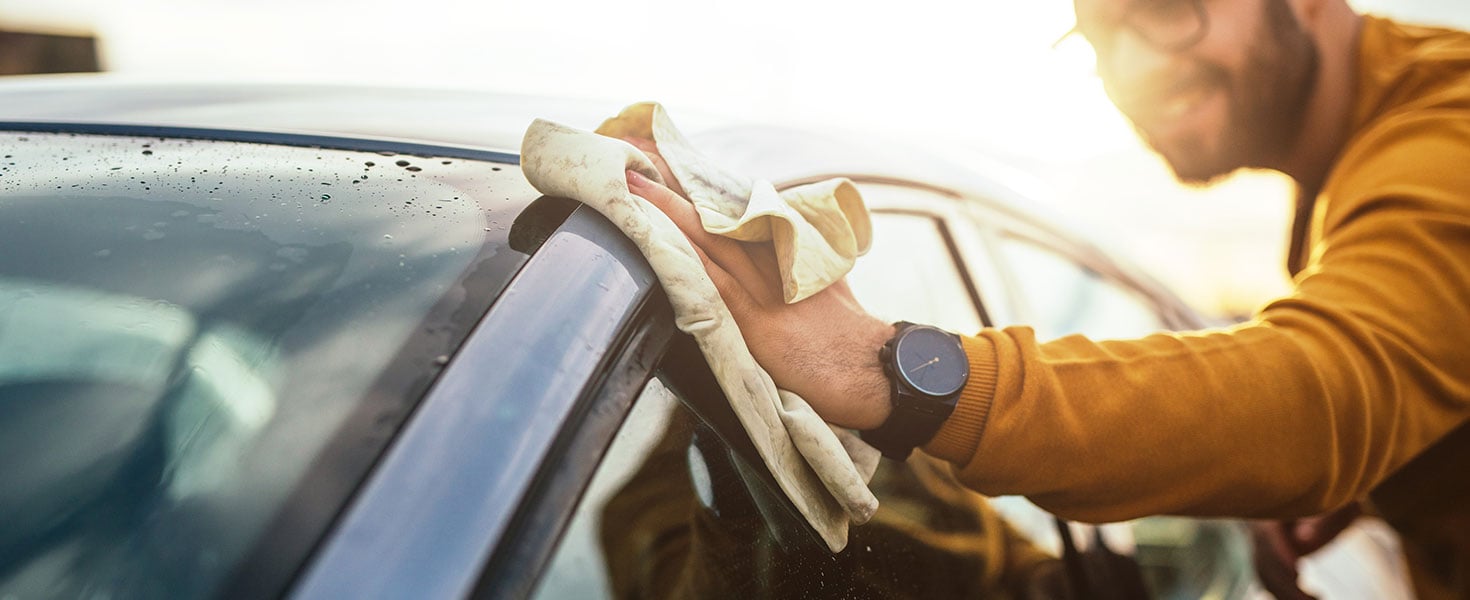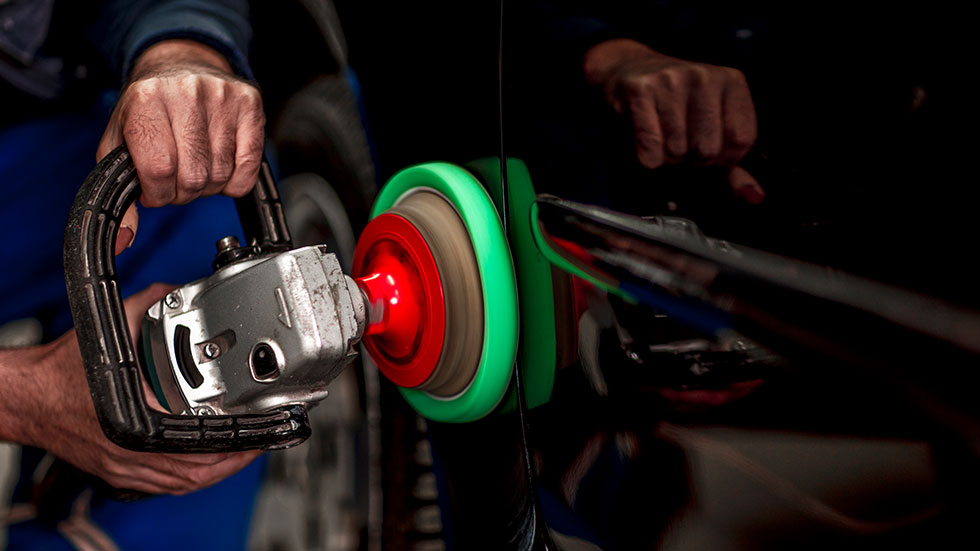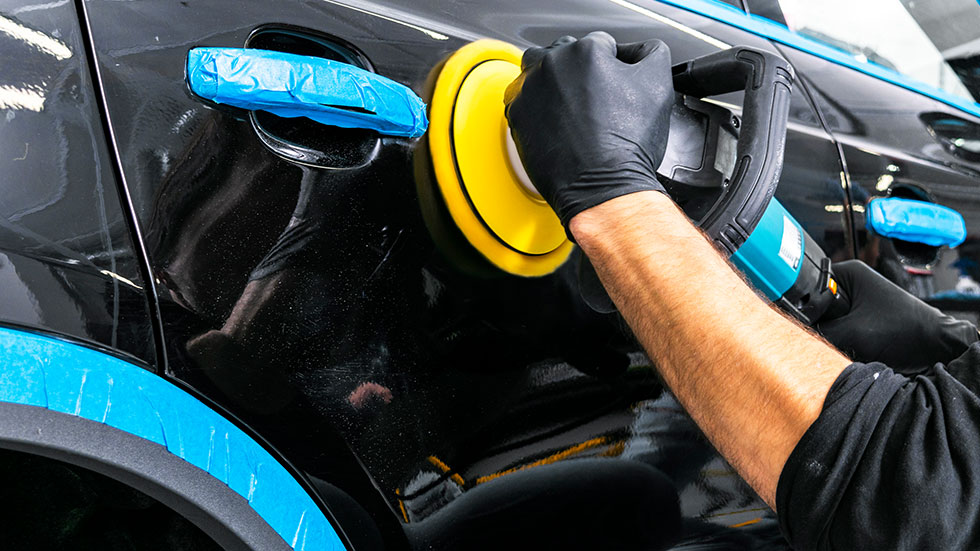

Many vehicle owners may think that polishing a car is the same as waxing it, but they are not the same thing. Both car wax and car polish can do wonders to restore a showroom floor shine to a vehicle's paint, but they are different practices altogether. Understanding the difference is crucial if you are planning to polish or wax your car yourself.

WHAT IS THE DIFFERENCE BETWEEN WAXING AND POLISHING?
Car wax is applied to the surface of your car, protecting its paint job and restoring its shine by acting as a barrier between the environment and your car's paint. Waxing compliments polishing nicely by adding a protective layer that withstands heat, ultraviolet rays, and fills imperfections to leave the surface smooth and shiny. Unlike polishing, you can wax your vehicle two to four times a year or more.
Car polisher, while giving comparable results to wax, is a more permanent way to remove blemishes and surface scratches from your paint. Using vehicle polish, a polishing pad, and an orbital car polisher, car polishing removes a thin layer of paint and eliminates minor scratches, oxidation, and blemishes to restore your shine. Since polishing removes a thin layer of paint, you should not polish your car more than once every year, supplementing your polishing with regular waxing and washing to keep the vehicle shiny.

WHAT IS THE BEST WAY TO POLISH YOUR CAR?
Wash & Rinse: Start by washing your car in a shady, cool area. Sunlight and heat can dry soap that will stick to the paint and can dull the finish.
Choose a Polish Compound: Darker vehicles are more likely to show swirls from polishing, so you should take care to select a soft polishing pad and light polish while lighter colored vehicles can use more abrasive polishes and pads.
Keep the Polishing Pad Damp: Using clean water, be sure to dampen your polishing pad before using and rinse it regularly throughout the process to avoid smearing dirt and damaging the car's paint. Keep the pad damp throughout as a dry pad can burn your clear coat.
Polish One Panel at a Time: Work slowly and thoroughly, polishing small areas and cleaning as you work. When the paint appears bright and the polishing compound appears to have disappeared, it is time to move on. Be sure to read the instructions on your polishing compound for specific directions.
Keep the Wheel Flat: Place the polishing wheel flat against your vehicle panel while applying steady pressure. The edge of your polishing pad will rotate more quickly than the center and polishing at an angle increases the risk of burning your paint.
Mind Tight Spaces and Trim: As said earlier, the edge of your polishing pad rotates more quickly, so special care will need to be taken when polishing delicate trim like spoilers or side mirrors where you have no choice but to polish at an angle.
Car polish is a fantastic way to protect your vehicle from minor scratches and imperfections, keeping it looking as shiny and new as the day it rolled off the showroom floor. By following the simple tips and steps above, you will be able to avoid damaging your paint and apply your polishing compound safely.
